July 27, 2014 – Allen, Texas
Cattle Egrets have a fondness for Allen, Texas. Last year they setup a large and noisy rookery in Celebration Park right in the heart of the city. This spring, mitigation efforts were successful in dissuading the birds from reusing that spot again this year, but unfortunately the problem was only shifted to another location. Hundreds of these birds now occupy a small wooded area in Stacy Ridge Park, roughly a mile to the north of last year’s rookery.
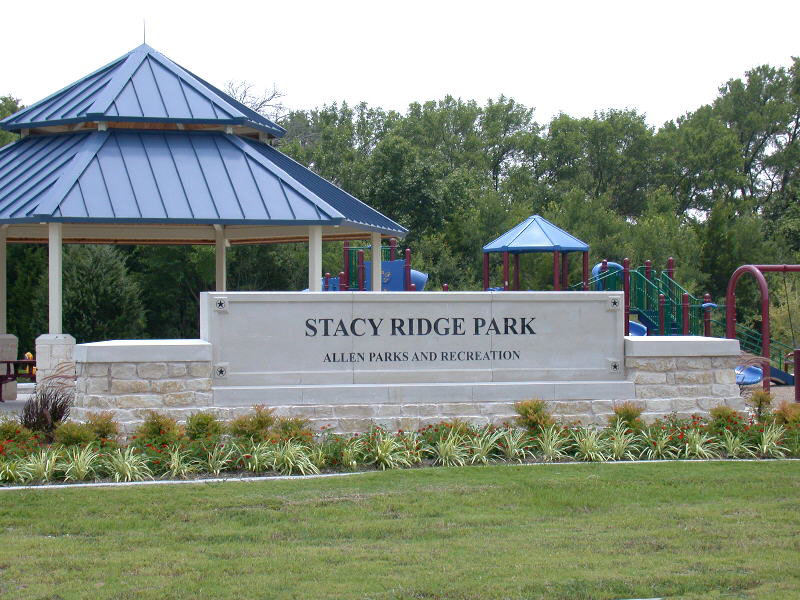
Egret rookeries like this one become a problem in residential areas when the resulting noise, smell, and unsanitary conditions become unbearable. Masses of squawking birds create a never-ending drone. Accumulation of bird droppings contribute to the odor and health issues—as do the many young birds die as a normal part of every breeding season. The rookery at Stacy Ridge Park has left sections of the trail system unusable. People living just across the street from the park have been required to take steps to discourage the birds from expanding the rookery into their front yards.
Egret rookeries like this one are a tough problem to deal with. Federal and State protections limit what can be done while the birds are on the nest, as harassment of migratory birds is strictly prohibited by law. Allen is not the only city in the metroplex to have to deal with this issue. Refreshingly, most cities now seemed to be prepared to address the problem in a highly responsible manner. As is so often the case, the right thing to do is not always the easiest or most expedient thing to do. Addressing this type of problem is expensive, time consuming, and requires diligence and dedication. Much of the work that must be done is dirty and unsanitary. The City of Allen has been communicating its efforts to deal with the problem to its citizens via this web page: City of Allen – Migratory Birds (Egrets/Herons).
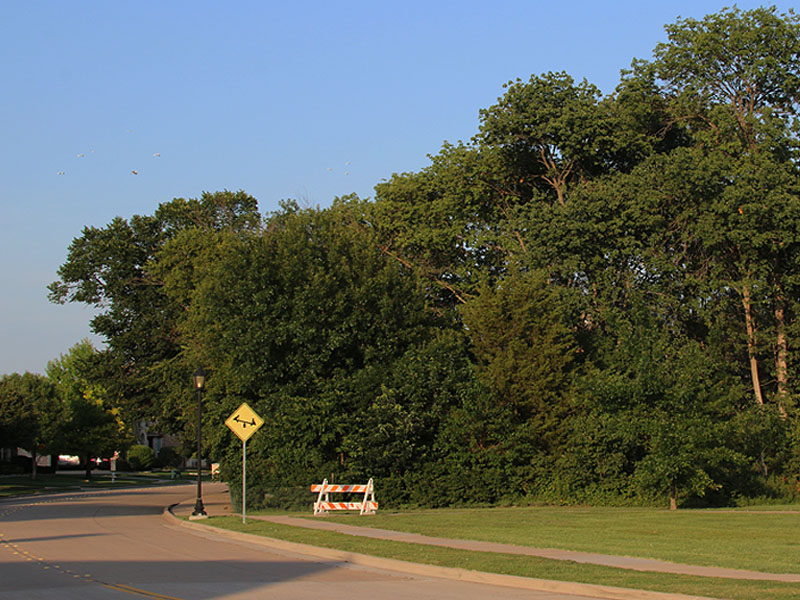
As one approaches the park, the first indication you see that there is a problem are the orange white barricades cordoning off certain parts of the park’s trail system. These barriers are meant to prevent people form entering parts of the rookery where they might inadvertently harass the nesting birds. The squawking of hundreds of birds and their nestlings reaches your ears the second you step out of the car. The underbrush is dense around the perimeter of the Rookery so it takes a look between the branches to see what is really going on inside. Peering through the thickest part of the woods reveals an incredible mass of birds—both adult and juvenile. The numbers of egrets easily reaches into the hundreds, and I’ve seen estimates that suggest thousands may be present.
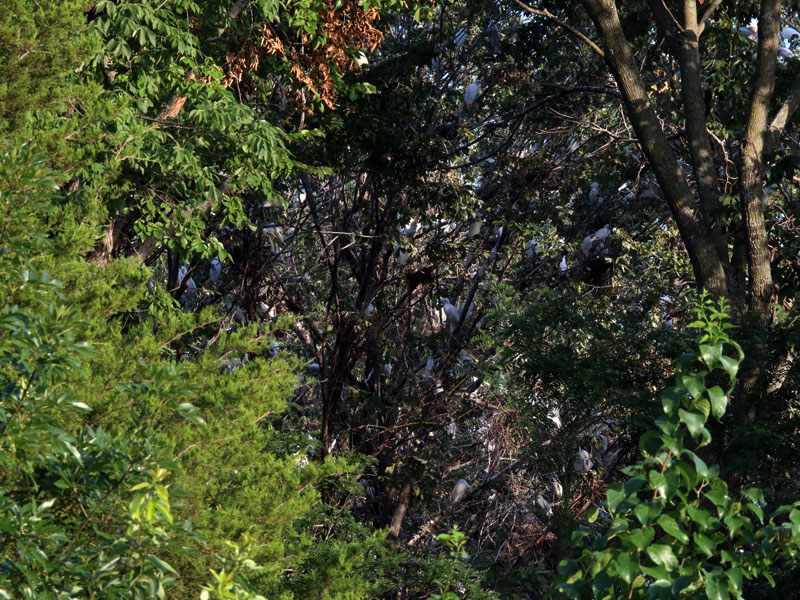
The vast majority of the birds at this rookery are Cattle Egrets. In addition, there may be a number of Snowy Egrets and a handful of Little Blue Herons present as well.
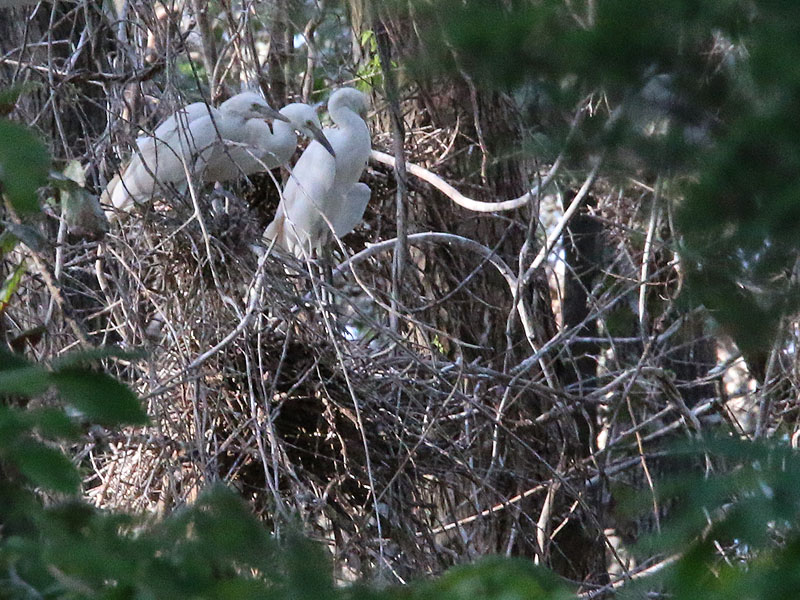
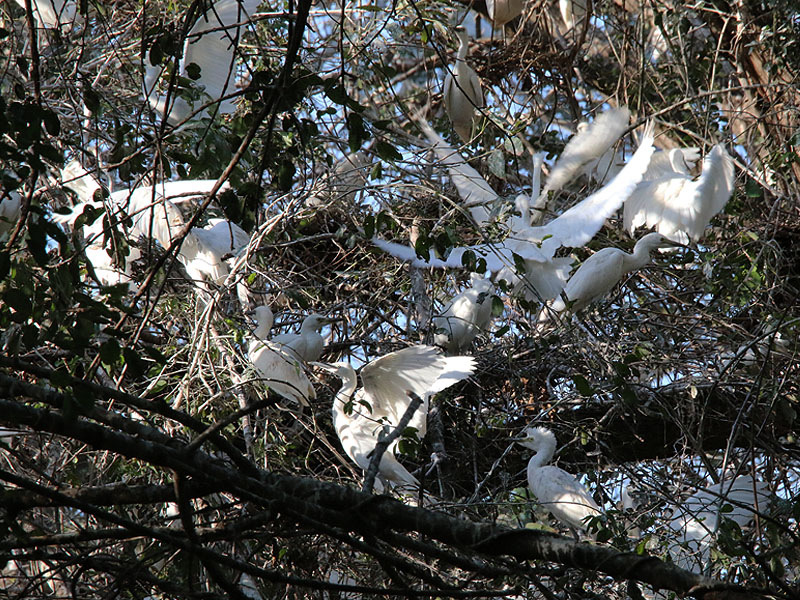
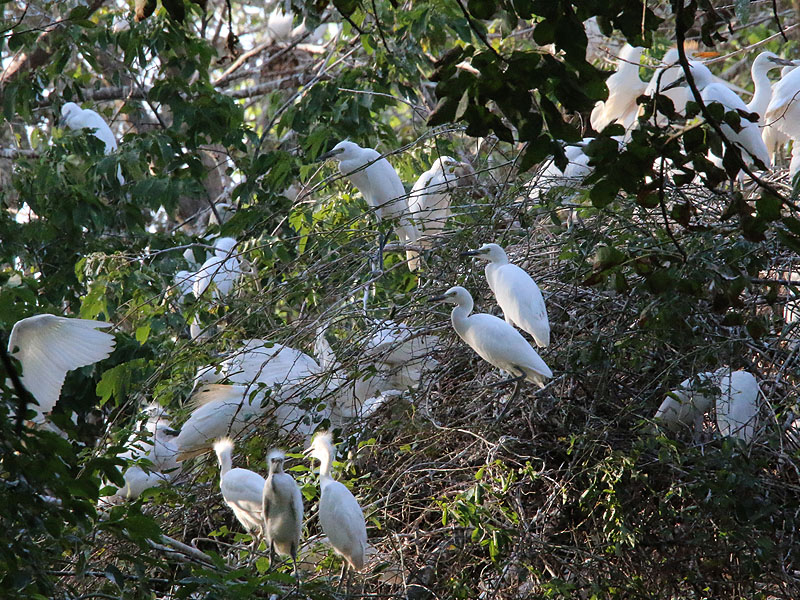
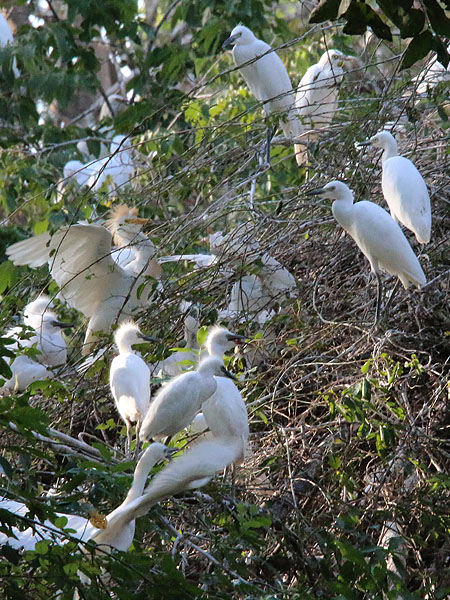
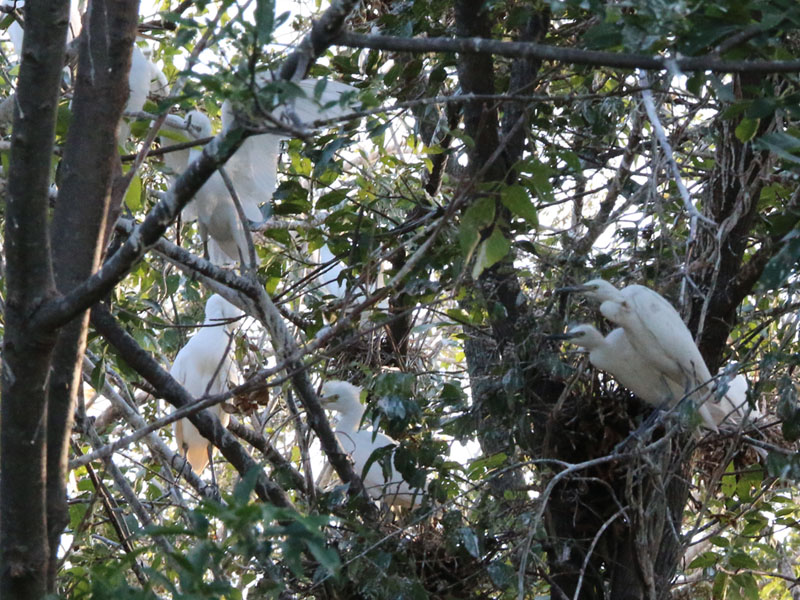
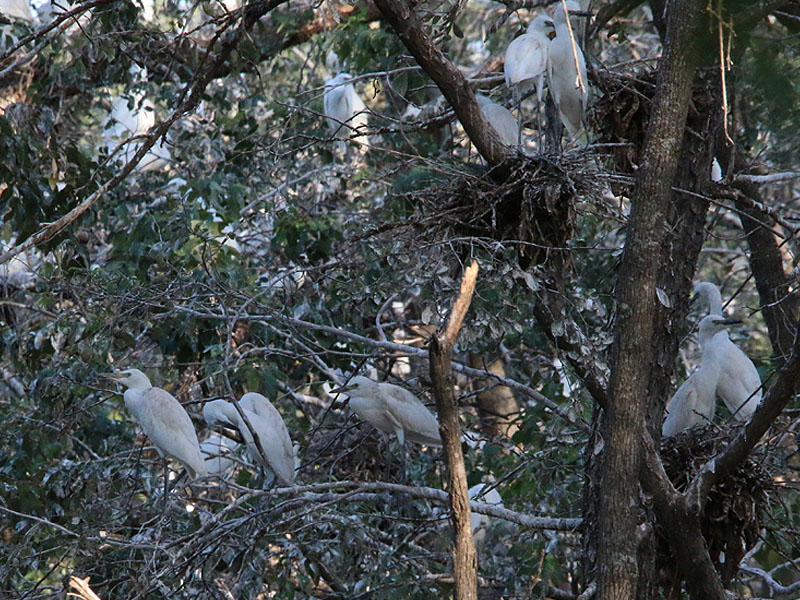
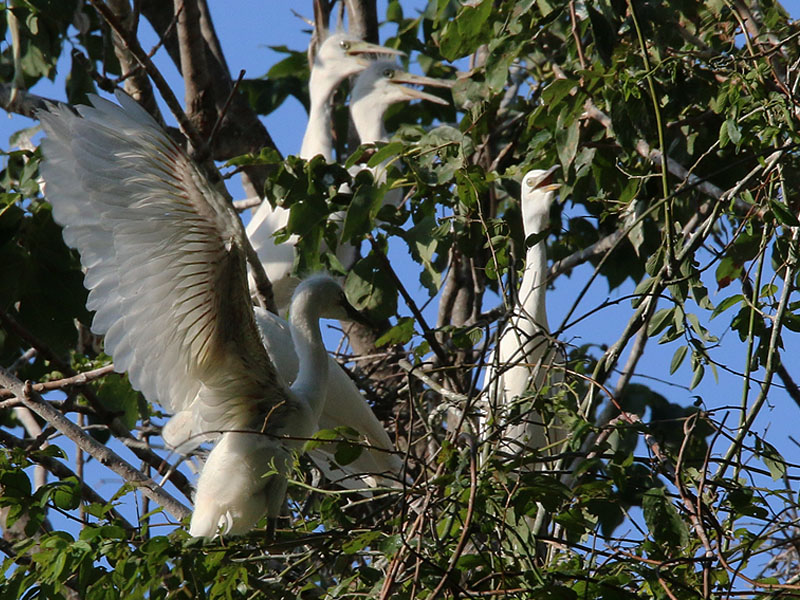
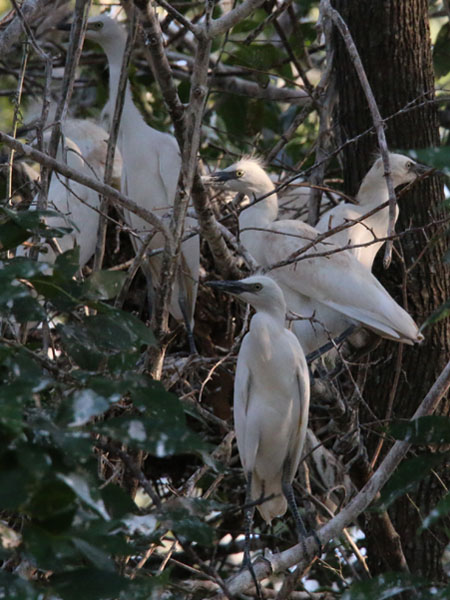
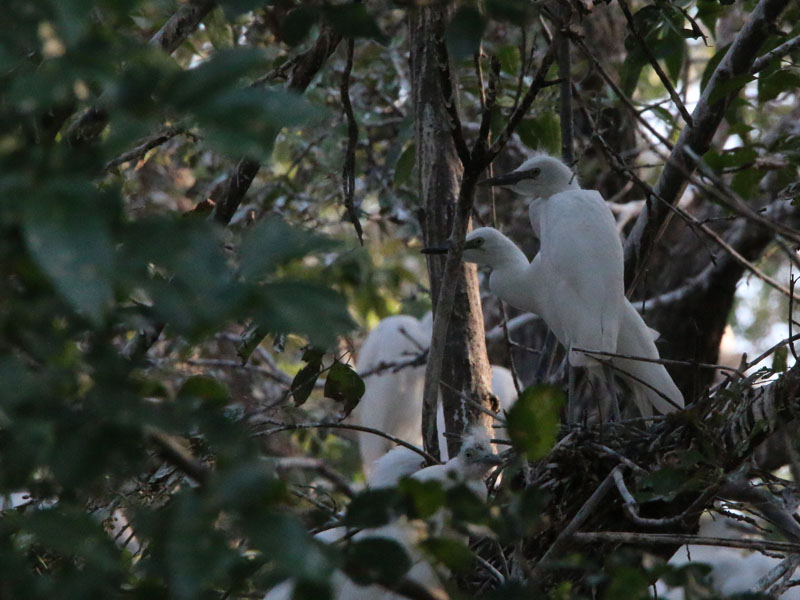
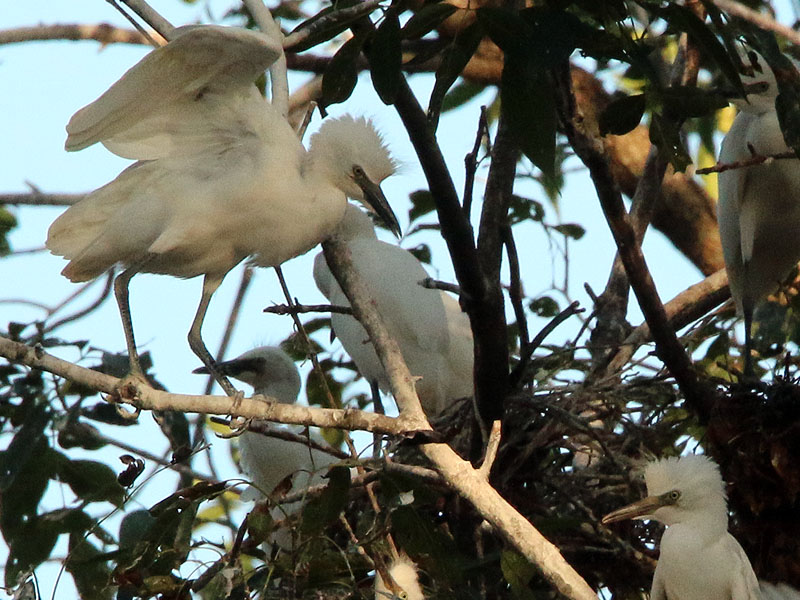
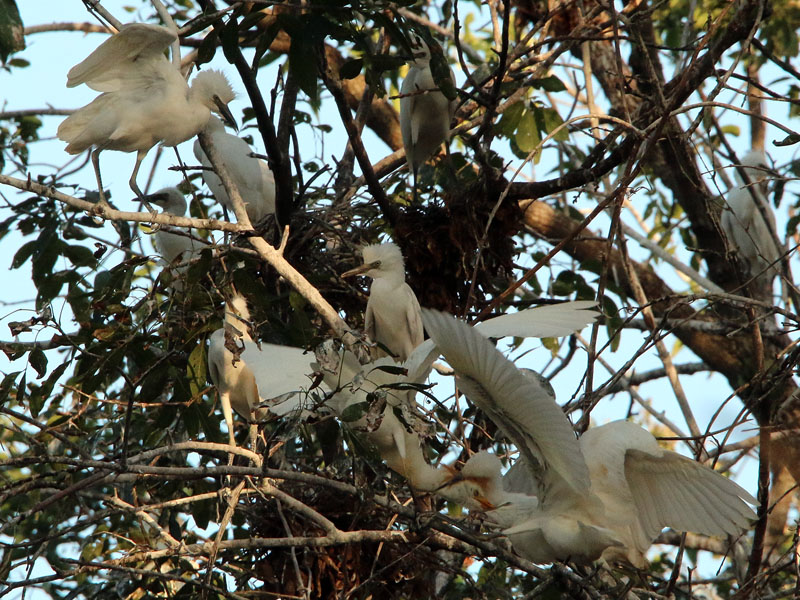
Cattle Egrets are unique from other herons in the way that they feed. Cattle Egrets prefer to forage on dry ground, and can often be seen following large domesticated animals like cows. The opportunistic egrets feed on insects and other small prey animals that are disturbed by the passing of the larger beasts. When cattle are not available, a large tractor-pulled mower will often suffice.
Adult Cattle Egrets return to the nest periodically throughout the day to feed their offspring. They accomplish this by regurgitating a portion of the day’s forage as the juvenile birds insert their beaks into the mouths of their parents. The video below contains some footage of Cattle Egrets engaged in this behavior.
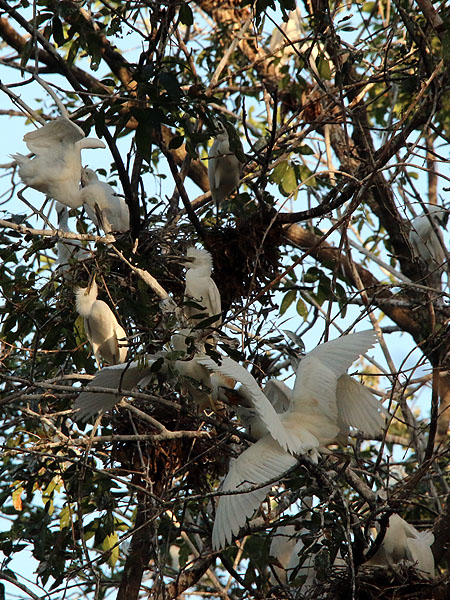
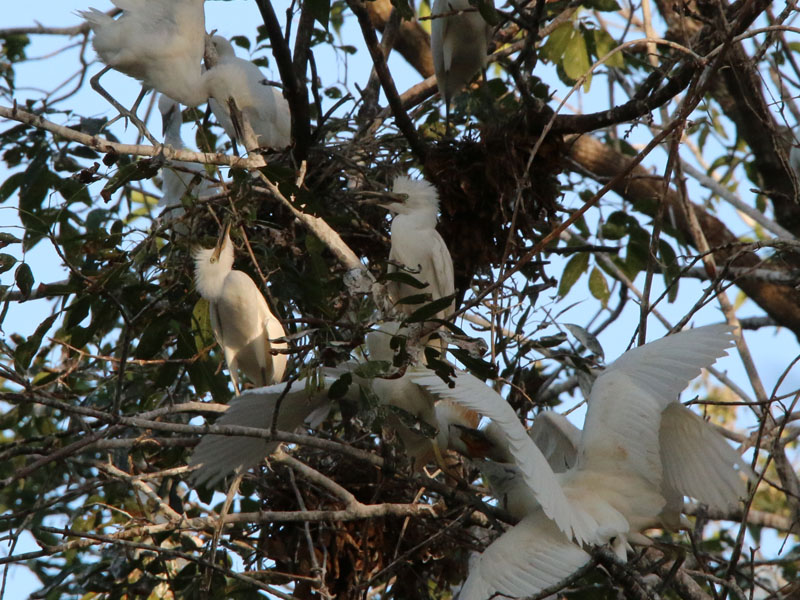
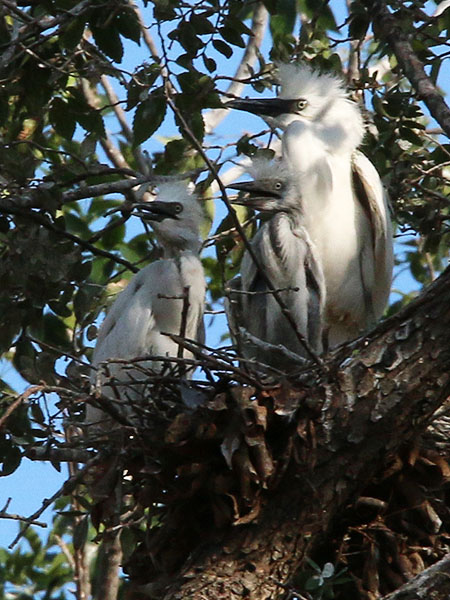
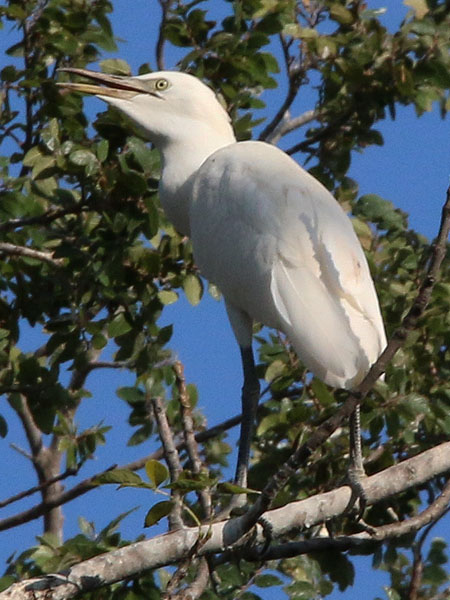
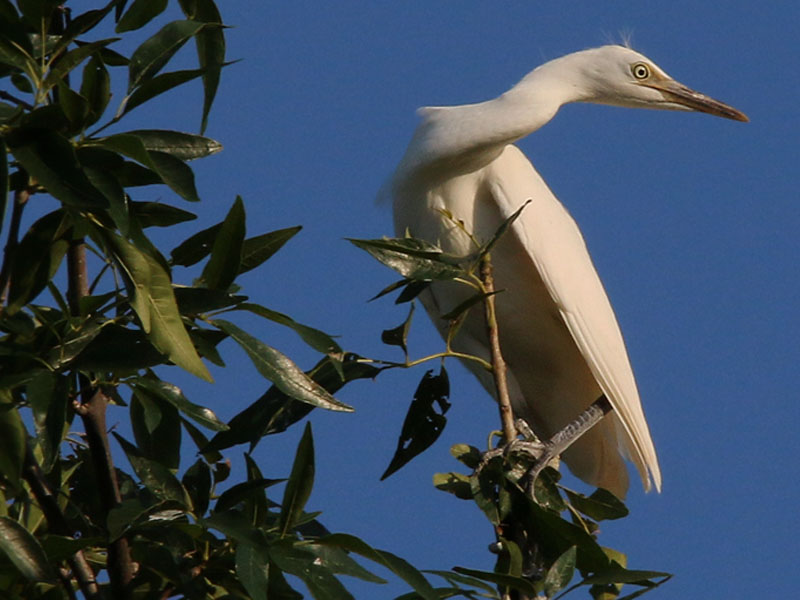
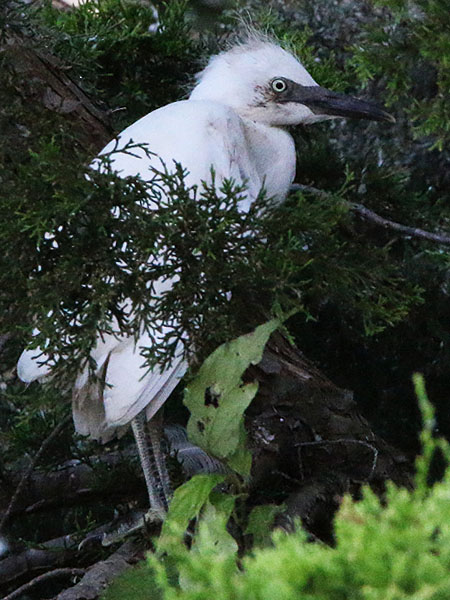
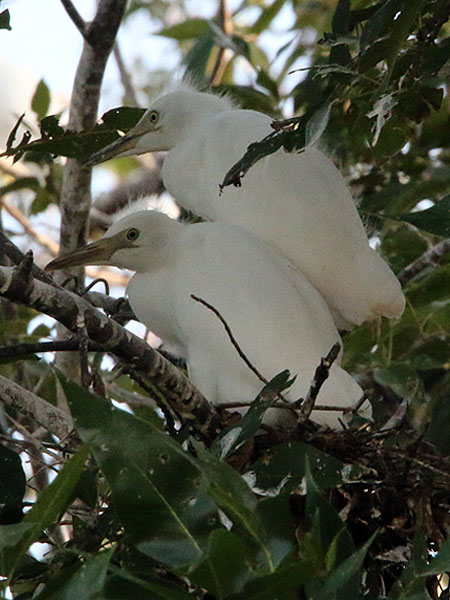
In addition to the Cattle Egrets there were many other examples of urban wildlife present at Stacy Ridge Park rookery on this sunny afternoon. Dragonflies, ducks, doves, and rabbits were all present. Little Blue Herons, a few of which appear to be nesting in the rookery, could also be found here. Exotic looking birds like the Green Heron and the Wood Duck also made brief appearances.
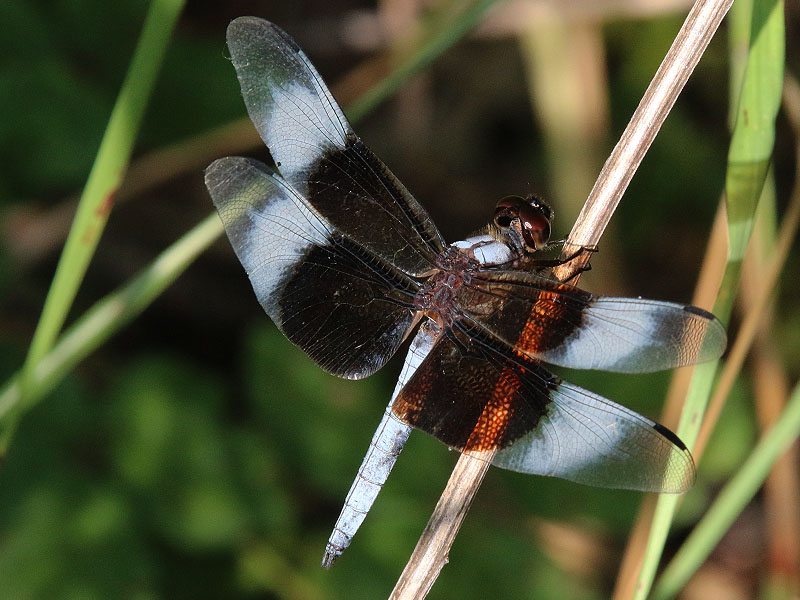
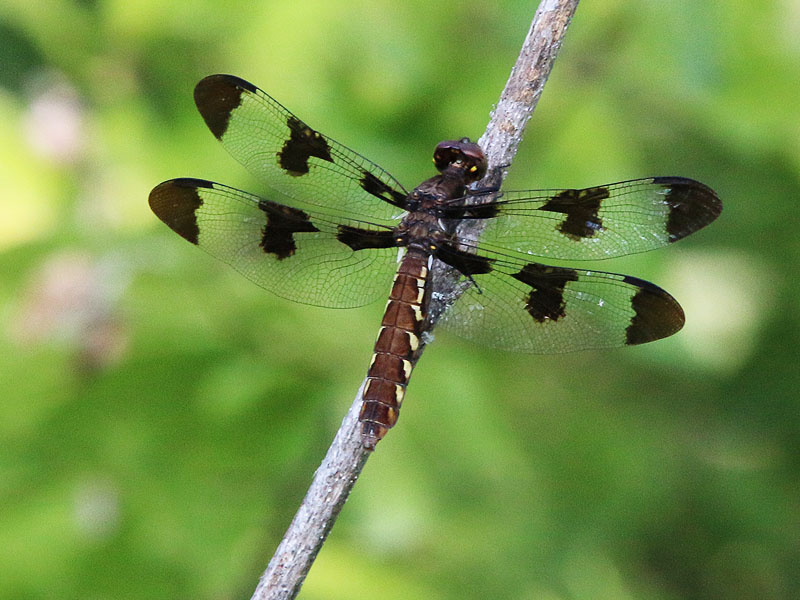
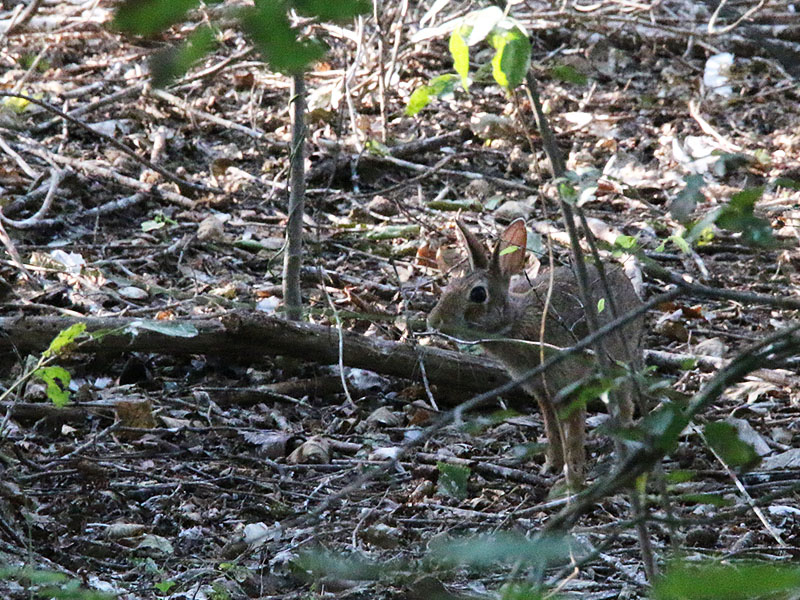
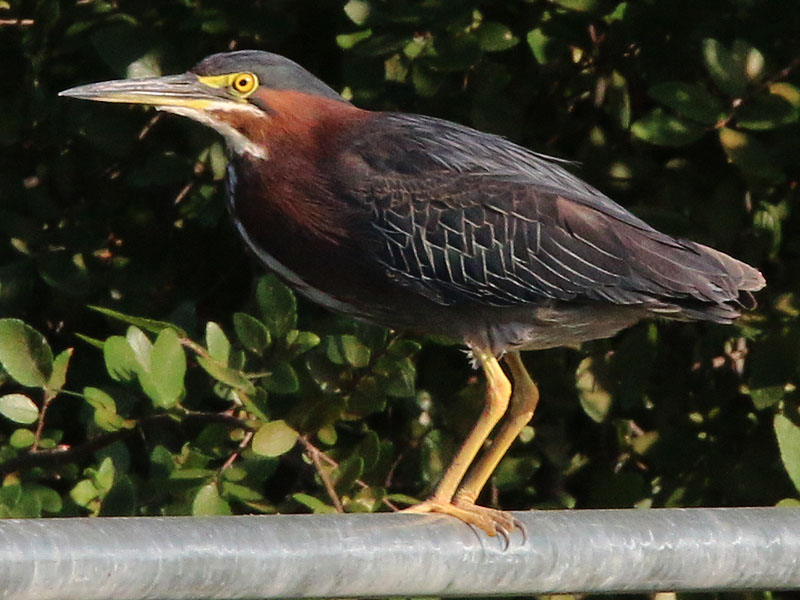
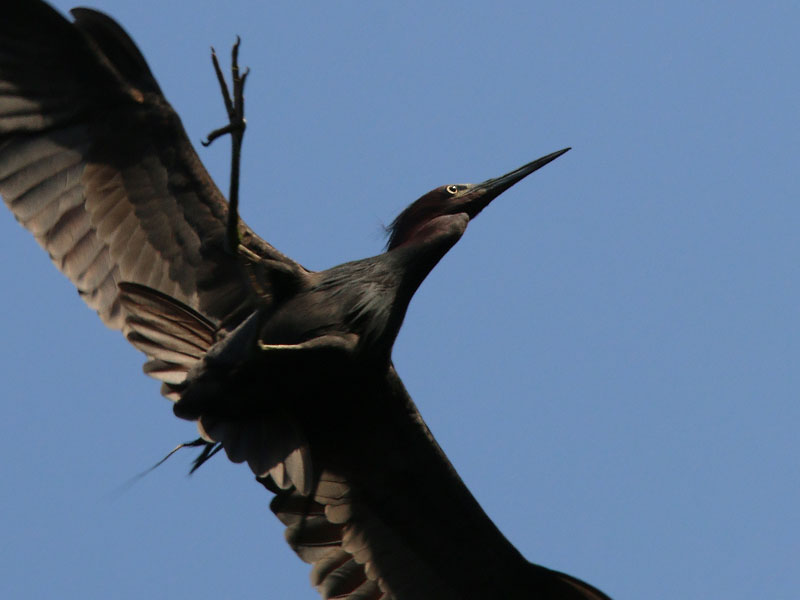
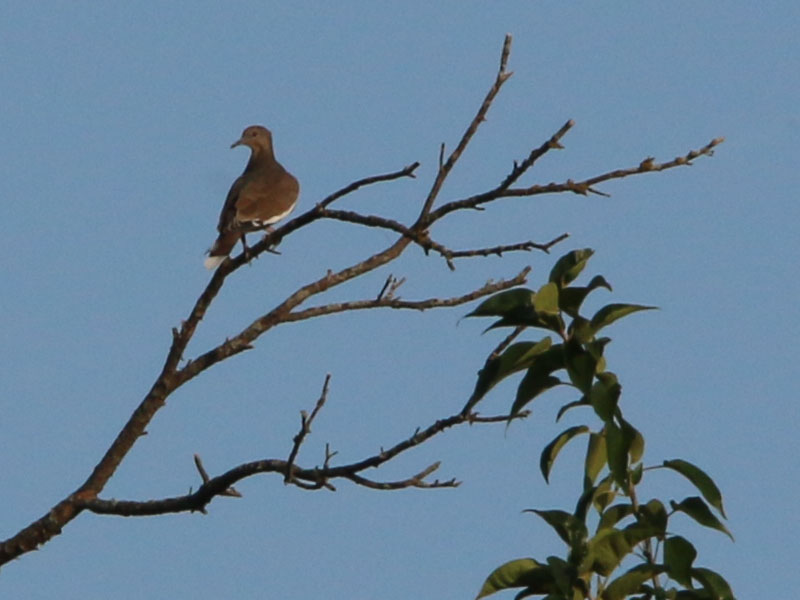
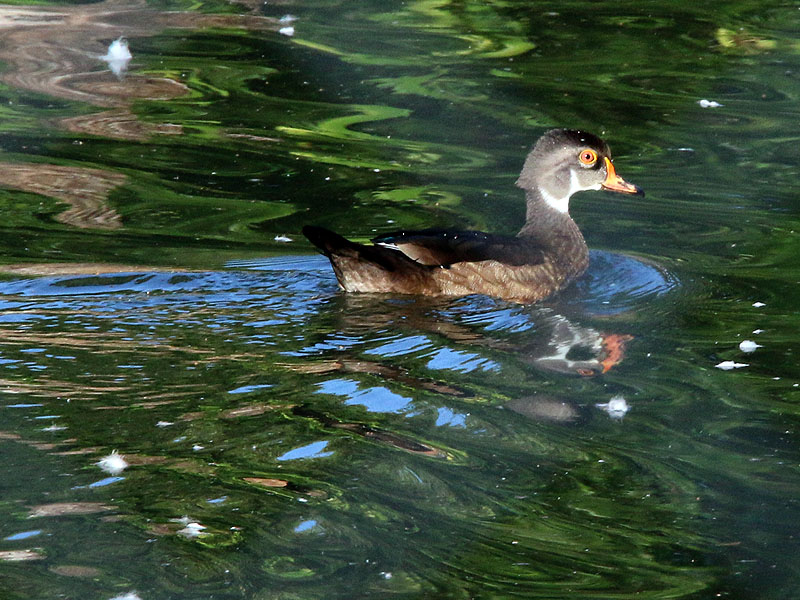
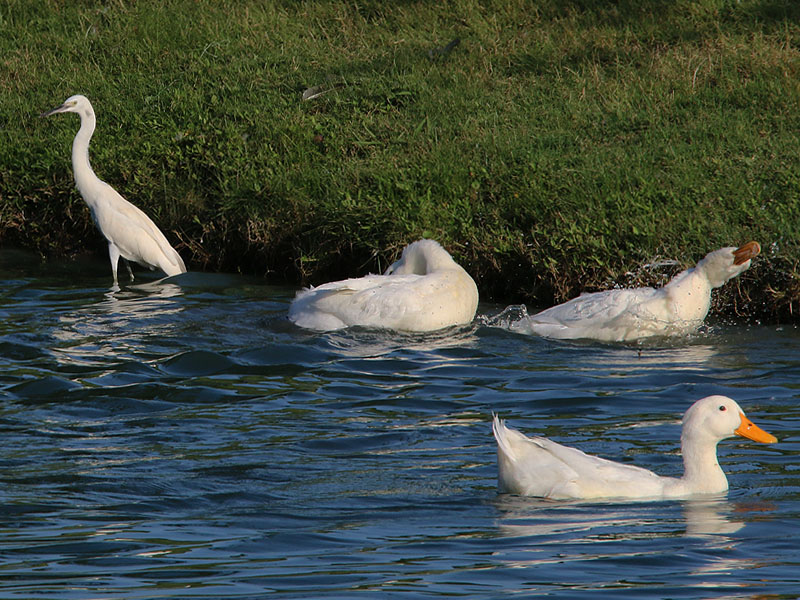
A nearby creek fed pond is a key reason the egrets chose this location for their rookery this year. Water in close proximity is of critical importance to young egrets. In a brutally hot Texas summer, the juvenile birds require a reliable source of drinking water in order to survive.
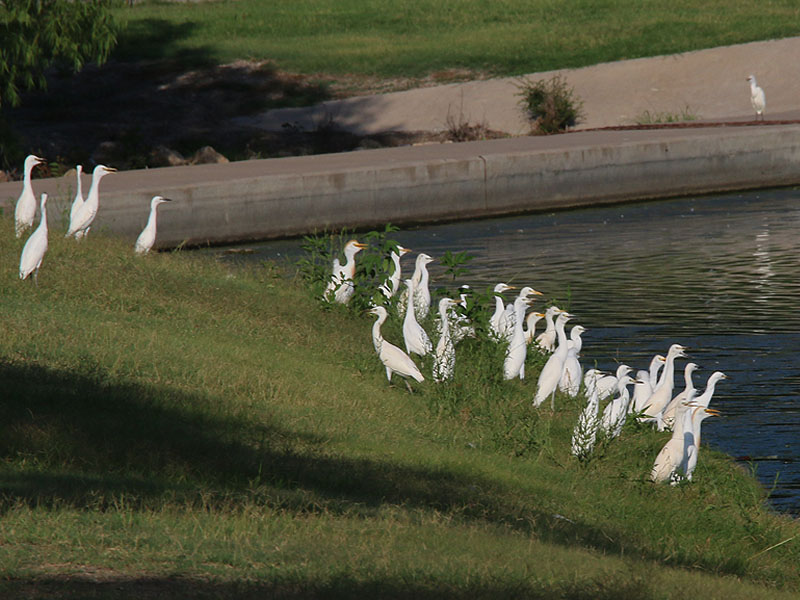
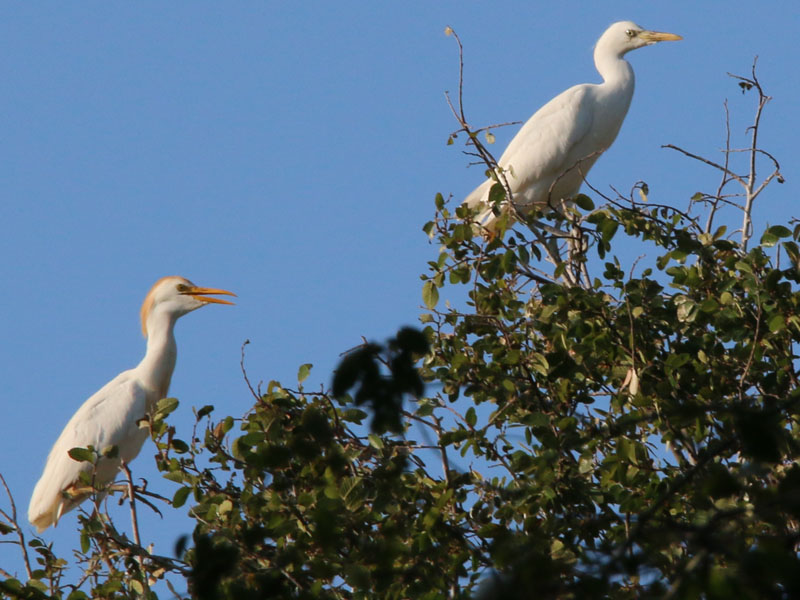
Even in a more natural setting, rookeries like this one can be unforgiving places for juvenile egrets to grow up in. Like many other kinds of birds, young Cattle Egrets often become too big for their nests before they are able to fly. This fledgling stage is a very treacherous time in the life of an immature bird. Many of the young birds will fall to the ground, and some will be seriously injured on the way down. Once on the ground, juvenile birds become much more vulnerable to predation, dehydration and starvation.
Its becomes much more difficult for the adults to continue to find and care for their offspring once the young egrets are on the ground. Unable to fly, most of the juveniles simply wander around aimlessly where they become easy pickings for resident predators. At this location, house cats, Raccoons, Bobcats, and Coyotes are all likely to hunt and kill these young birds.
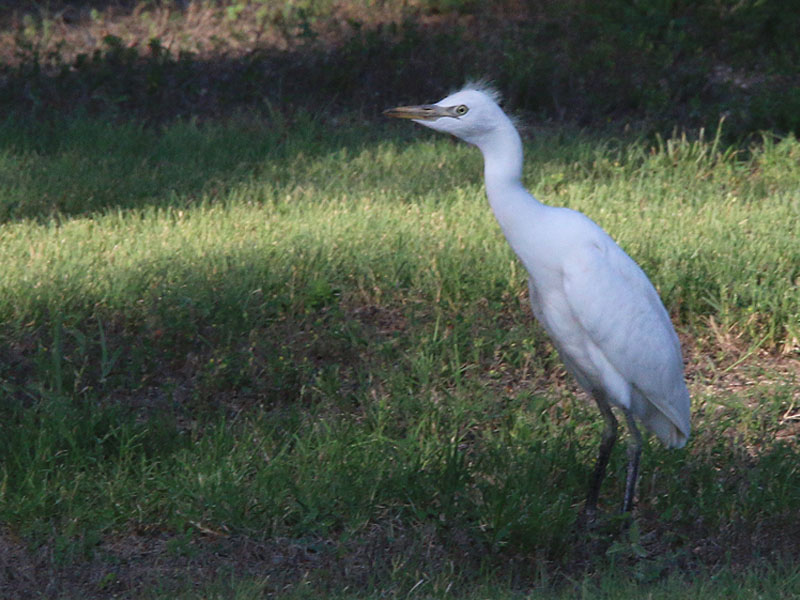
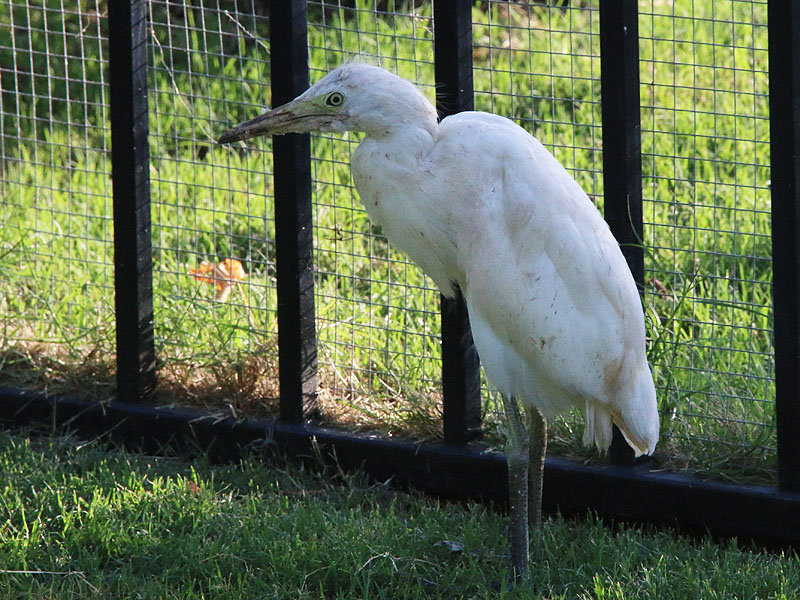
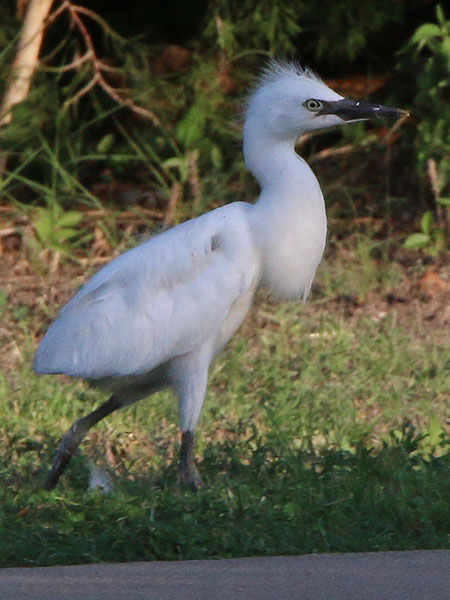
That many of the juvenile egrets at the Stacy Ridge Park rookery will perish is a certainity—that is just the nature of this and any other rookery. Of course, all of the resulting death—no matter how expected—is unpleasant for the people living in the adjacent neighborhoods and creates an cleanup and sanitation issue that the city has to deal with.
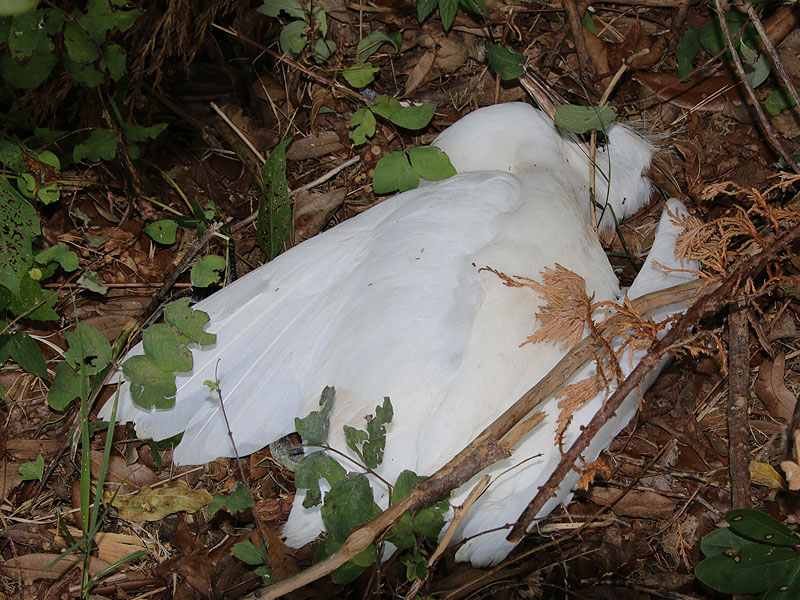
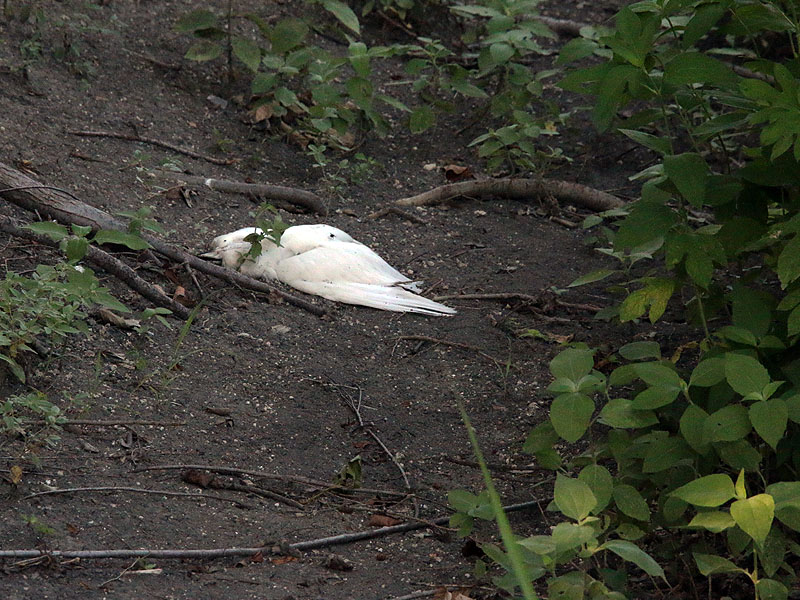
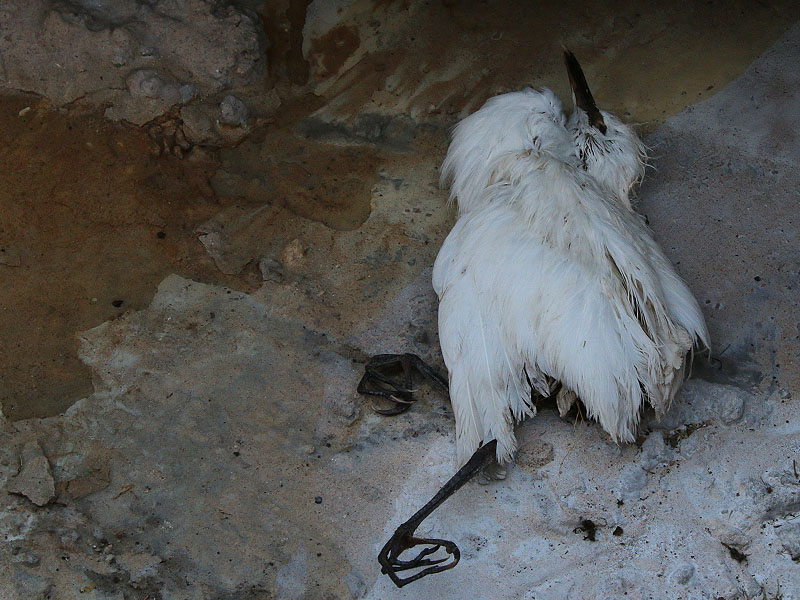
The City of Allen has gone to great lengths to help protect the wayward egret chicks. A temporary fence has been erected to help keep the young birds out of the street. Trails running into and along the woods have been barricaded and signage as been put in place to restrict access into the rookery. These steps are important because people entering the rookery could inadvertently panic the birds sending many of the juveniles to certain death on the ground.
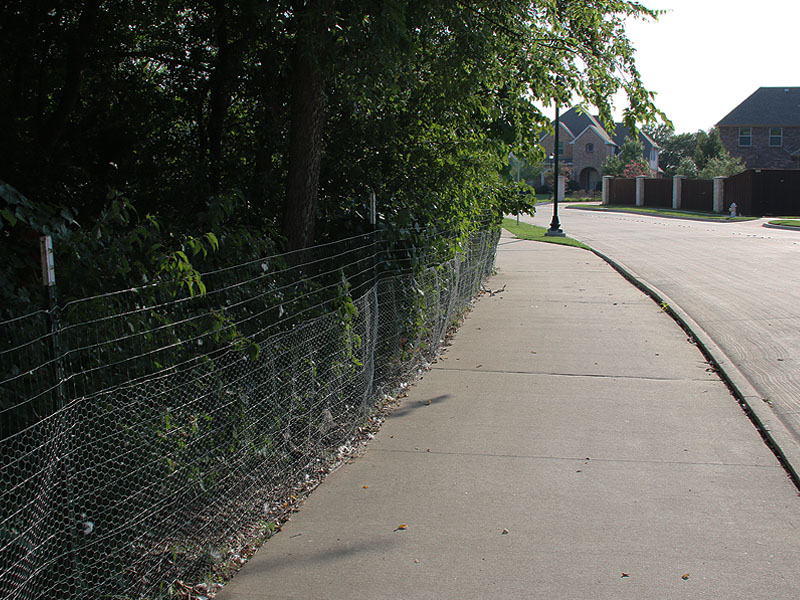
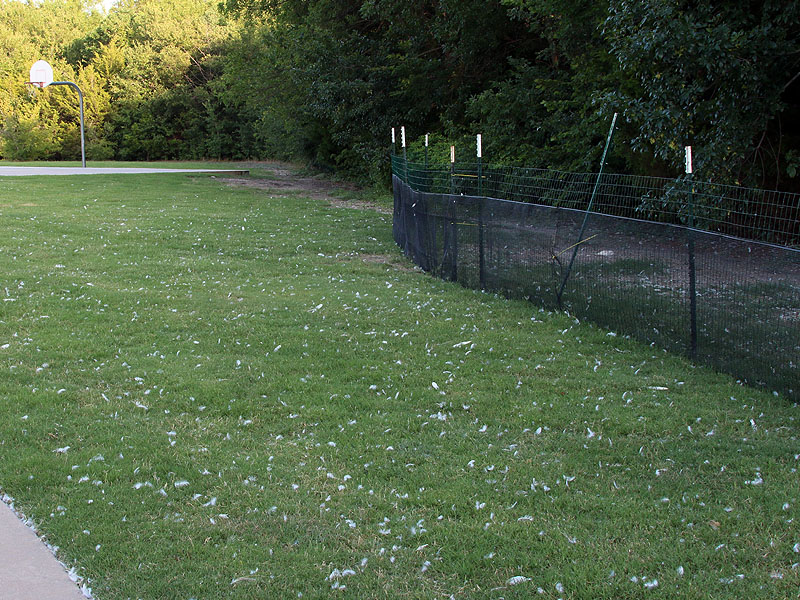
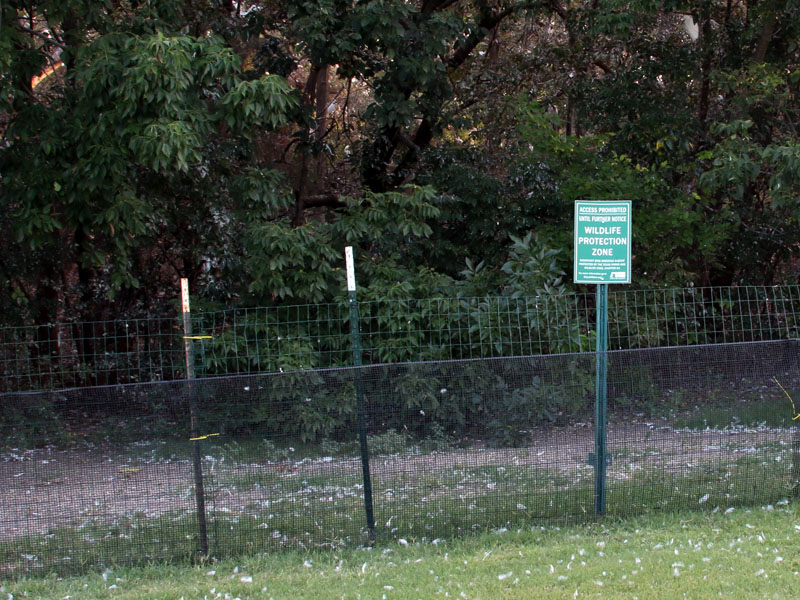
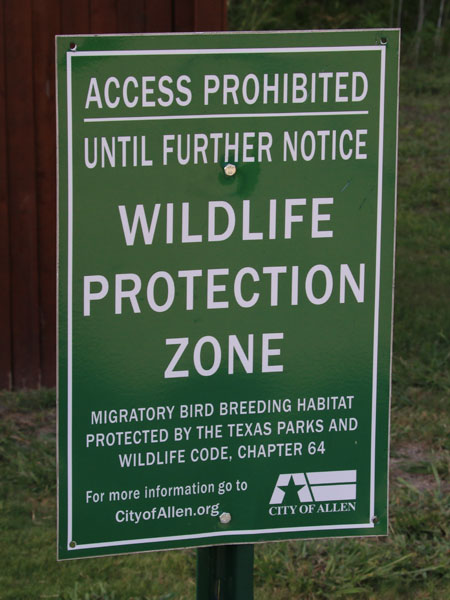
As the sun began to set on this visit a seemingly endless stream of Cattle Egrets arrived at the rookery. Wave after wave of graceful white birds came in for the evening roost. It was really quite a sight to behold. Breeding grounds like this one are challenging environments for these birds, but somehow they persevere.

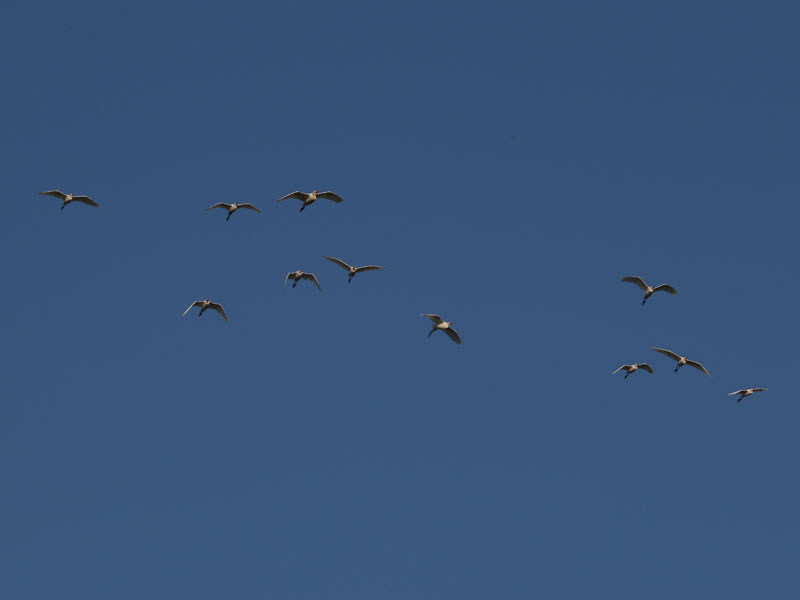

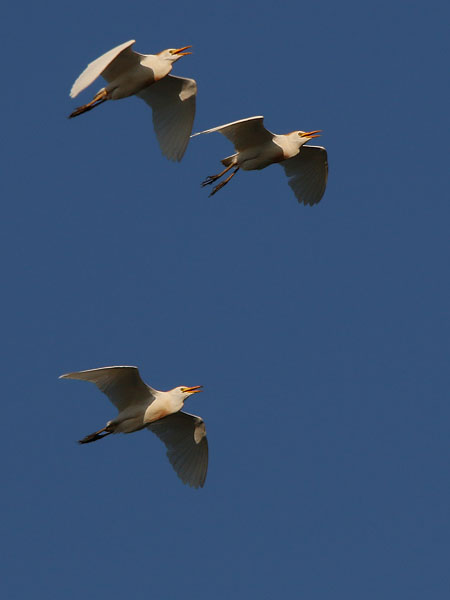
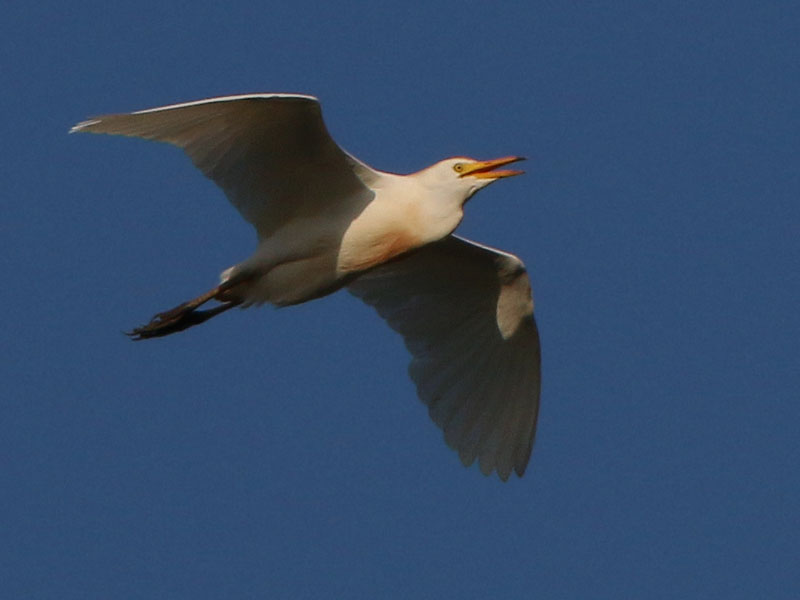
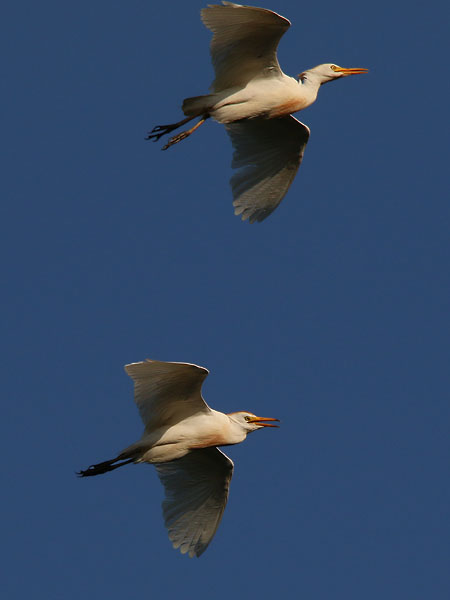
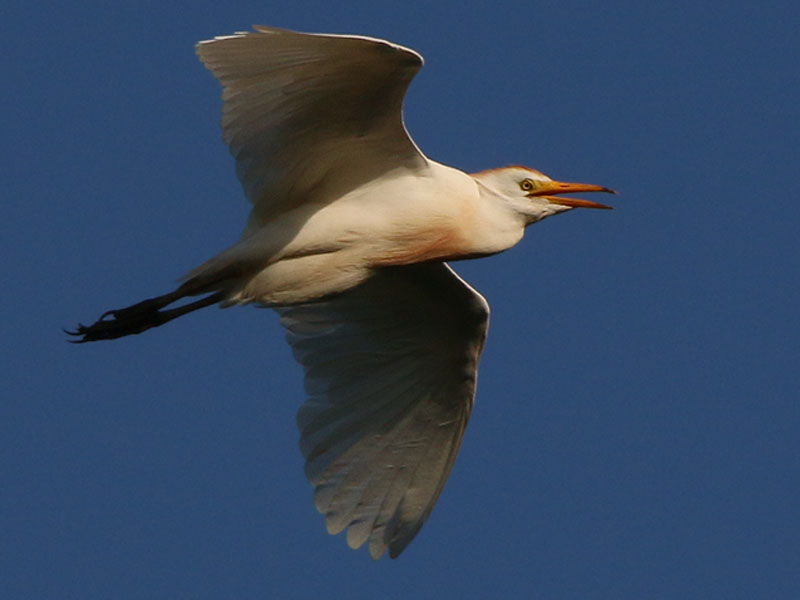
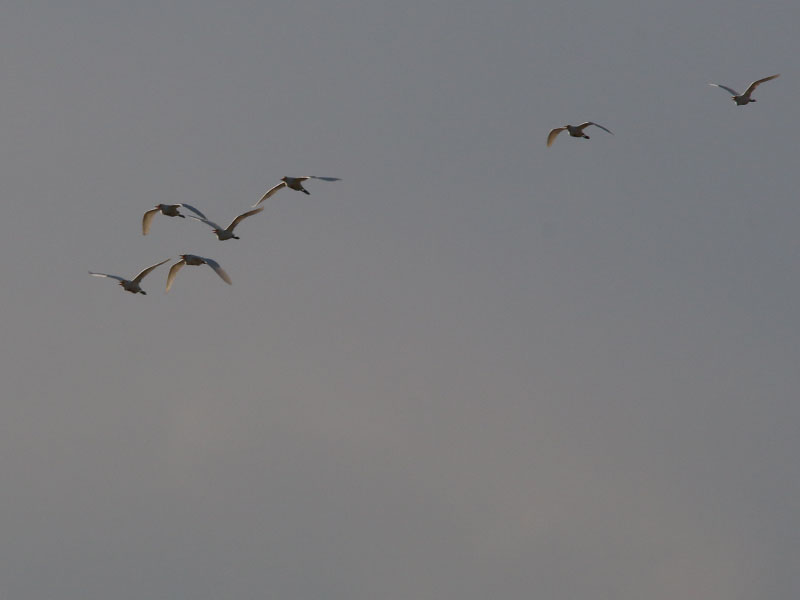
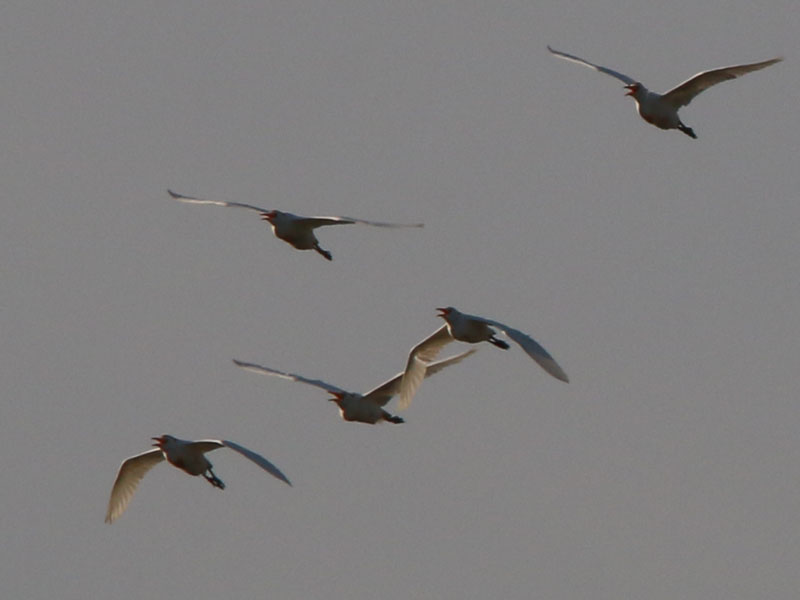


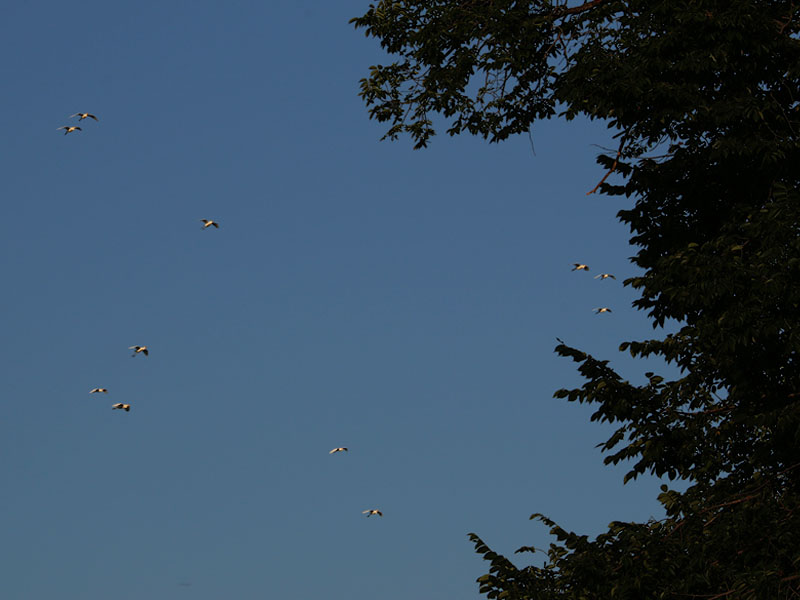
This rookery will be active for several more weeks. There will be a brief reprieve after the breeding season comes to an end, but as soon as the weather begins to warm up again this spring the egrets will be back. From all indications the City of Allen is prepared to begin mitigation efforts as early as is legally possible. The goal will be to prevent the birds from nesting in this spot again next year.
It seems as though urban heron rookeries like this one are becoming more and more common around the metroplex. I’m no expert on this issue, but I can’t help to wonder if there might be other, more proactive ways, to prevent the establishment of rookeries like the one. Maybe it would be possible to identify remote locations inside the city limits that could be tailored to the bird’s taste. Water features in close proximity to an acre or two of dense woods seems to be what the birds are looking for. If these places were developed well away from neighborhoods, parks, schools, and businesses maybe conflicts could be prevented. These birds and their rookeries don’t belong in our neighborhoods and parks, but egrets and herons are not all bad. Some folks—myself included—enjoy certain aspects of having them around.


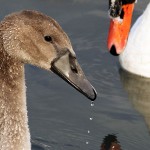

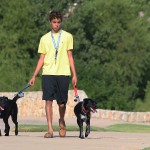
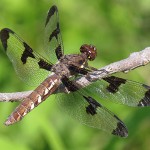
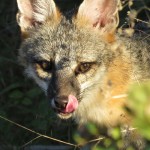
Thanks Chris. Very interesting post and of course, gorgeous photos. Sharing!